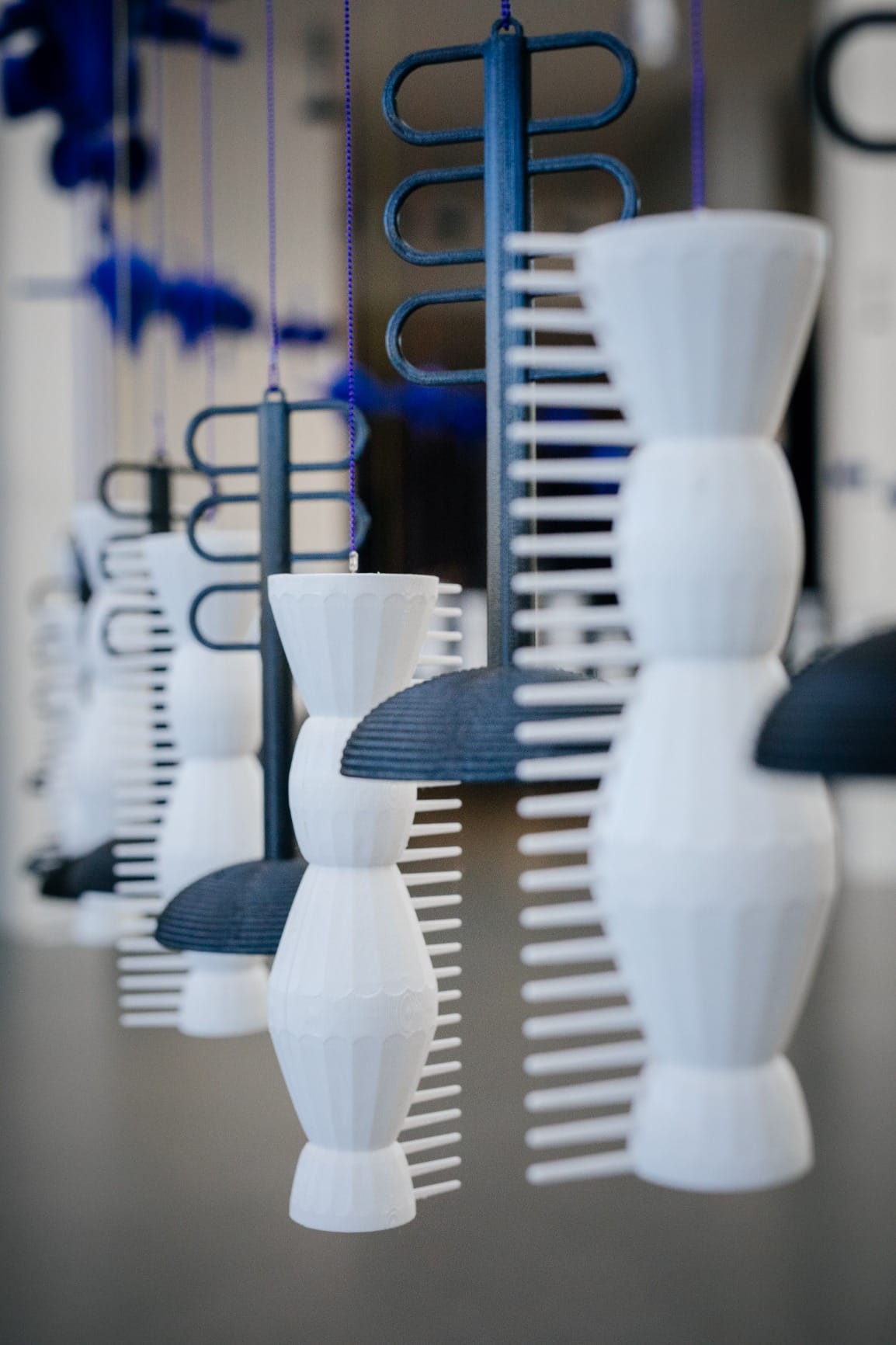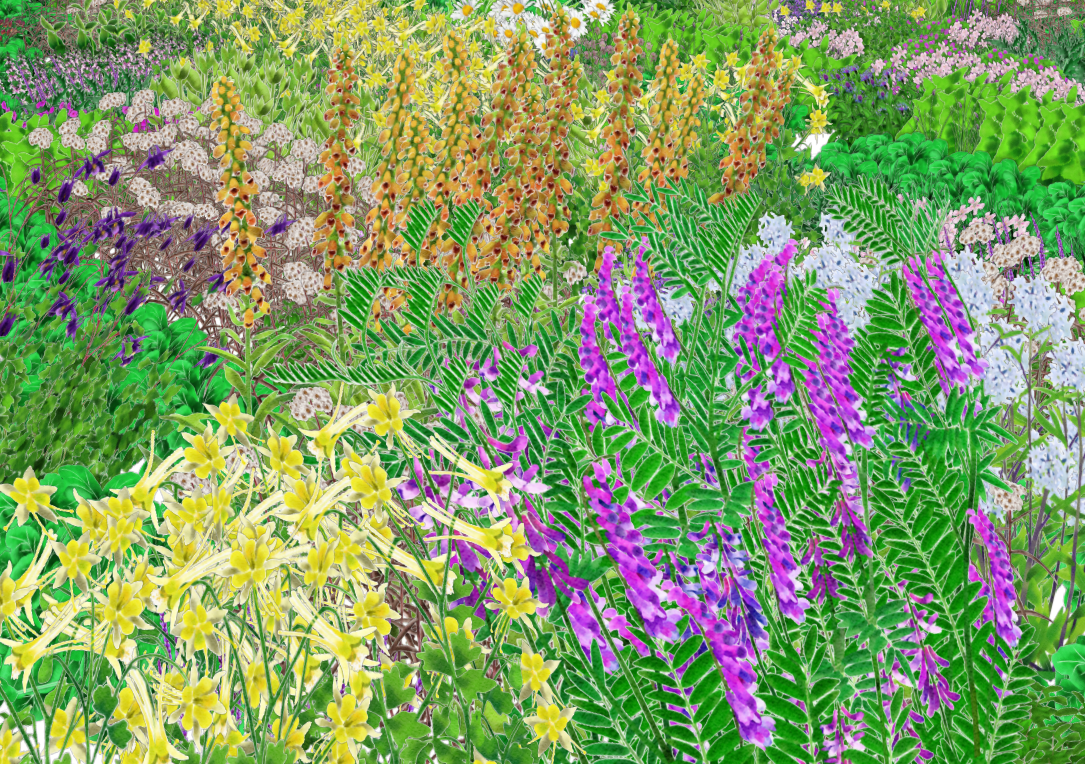The 60th edition of the Venice Art Biennale, the defining event of the art world, will open on April 20th and run through November 24, 2024. Curated by Adriano Pedrosa and themed "Stranieri Ovunque—Foreigners Everywhere," the Biennale will feature 332 artists and groups in 90 national pavilions. Once again, it will be held in the main venues of the Venetian Giardini and the Arsenale, as well as additional venues throughout the historic Italian city.
Pedrosa’s chosen theme celebrates a diversity of voices and creative perspectives, including those from marginalized groups, while unpacking cultural identities and constructs embedded in the foreigner experience, albeit as expatriates, immigrants, émigrés, diasporic, exiled, or refugees. According to Pedrosa, “Firstly, that wherever you go and wherever you are you will always encounter foreigners—they/we are everywhere. Secondly, that no matter where you find yourself, you are always truly, and deep down inside, a foreigner.”
This year’s theme explores a deeply important reality of the human experience featuring diverse artists and marginalized groups. Surprisingly though, artificial intelligence (AI), the pervasive technology that is rapidly impacting and shaping our world in incalculable ways has a minimal presence; albeit for Matthew Attard’s solo exhibition I Will Follow the Ship in the Pavilion of Malta and Pierre Huyghe’s exhibition Liminal at Punta Della Dogana.
Pavilion of Malta, Matthew Attard
Co-curated by Elyse Tonna and Sara Dolfi Agostini, I Will Follow the Ship, an exhibition my Maltese artist Matthew Attard, explores the integration of cultural heritage, drawing, and AI. Attard uses an eye-tracking device coupled with AI technology to provoke questions of authorship in our increasingly digitized world while drawing from ancient maritime symbols. According to the pavilion organizers, “At a time of climate change, rising sea levels, and questions of people’s place in a hyper-technological world, these humble marks of hope take on a new symbolic meaning within the human consciousness.”
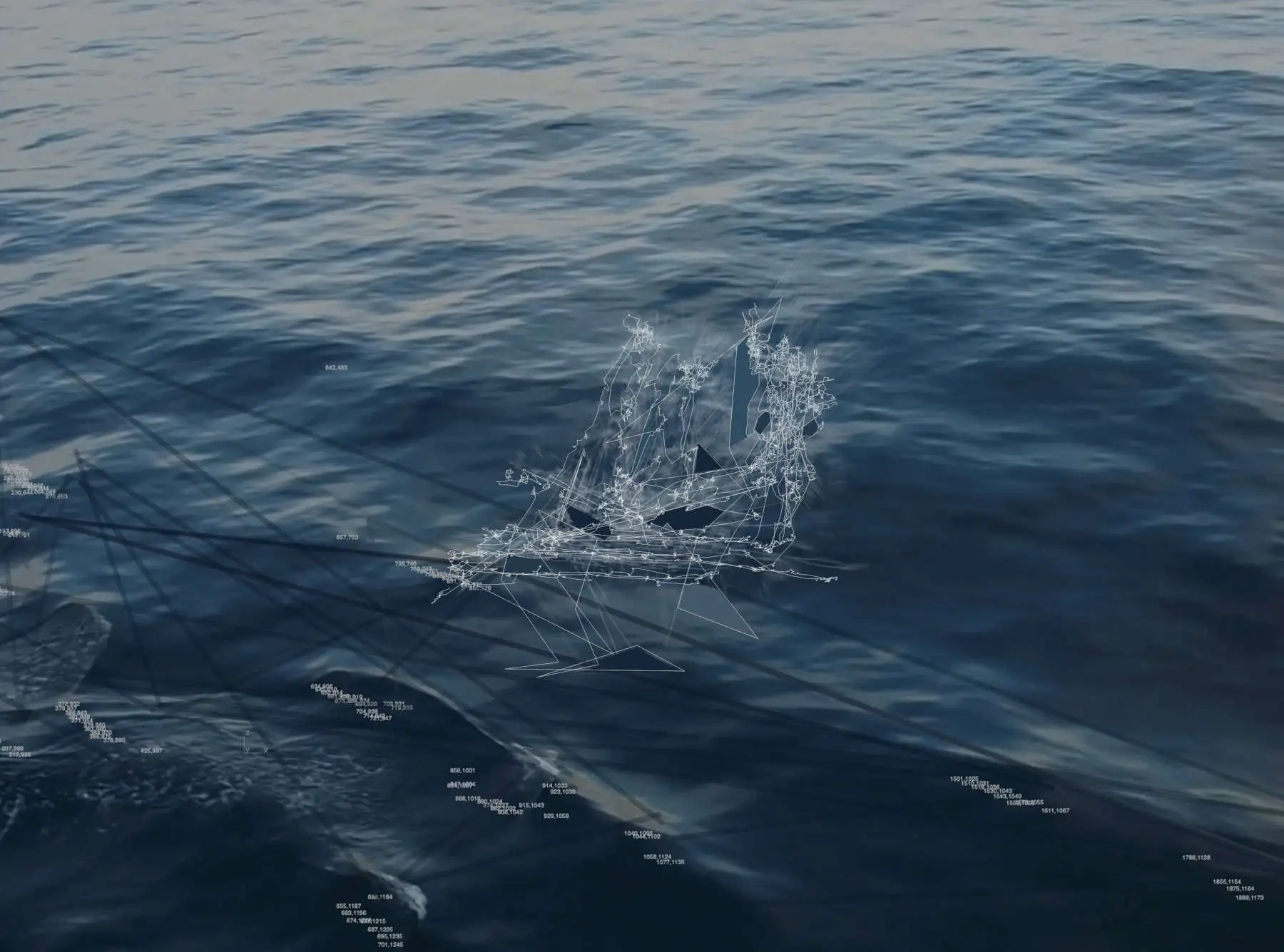
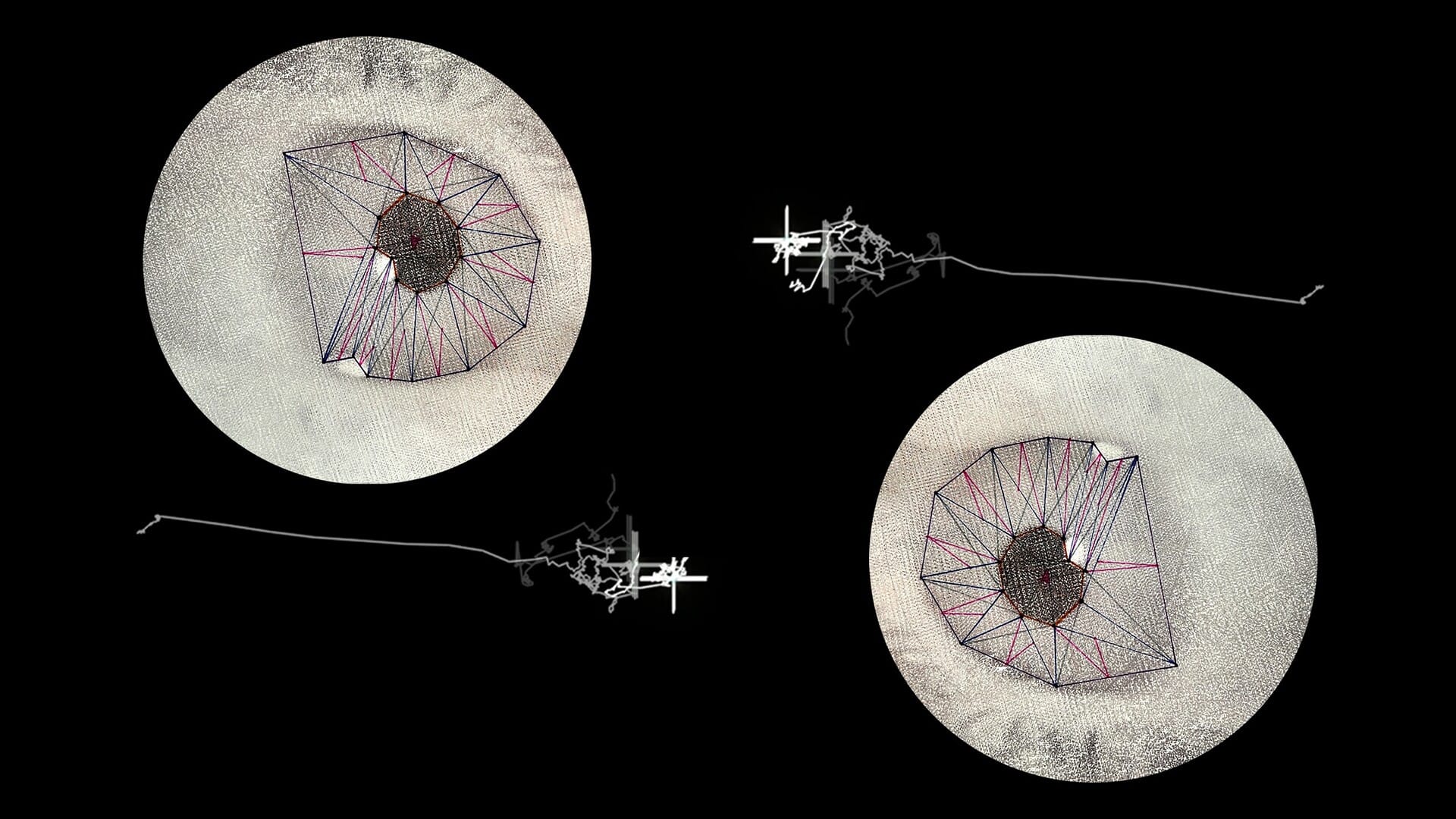
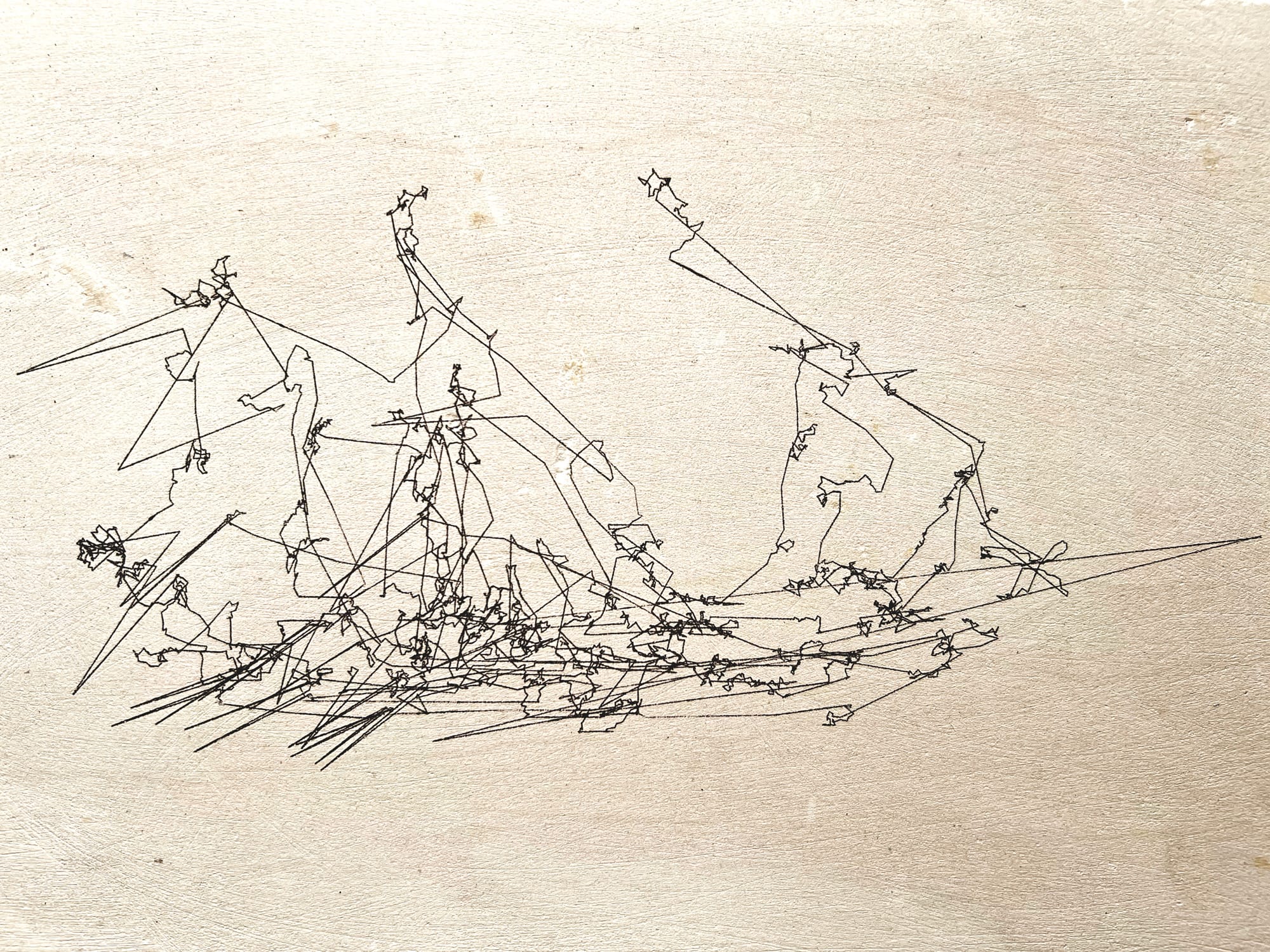
Punta Della Dogana, Pierre Huyghe, Liminal
While perhaps more of a collateral event, technically mounted outside of the Biennale, this recent exhibition by Pierre Huyghe, in collaboration with curator Anne Stenne, may one day be looked back on as a formative entry point of AI into the discourse of the Venice Art Biennale.
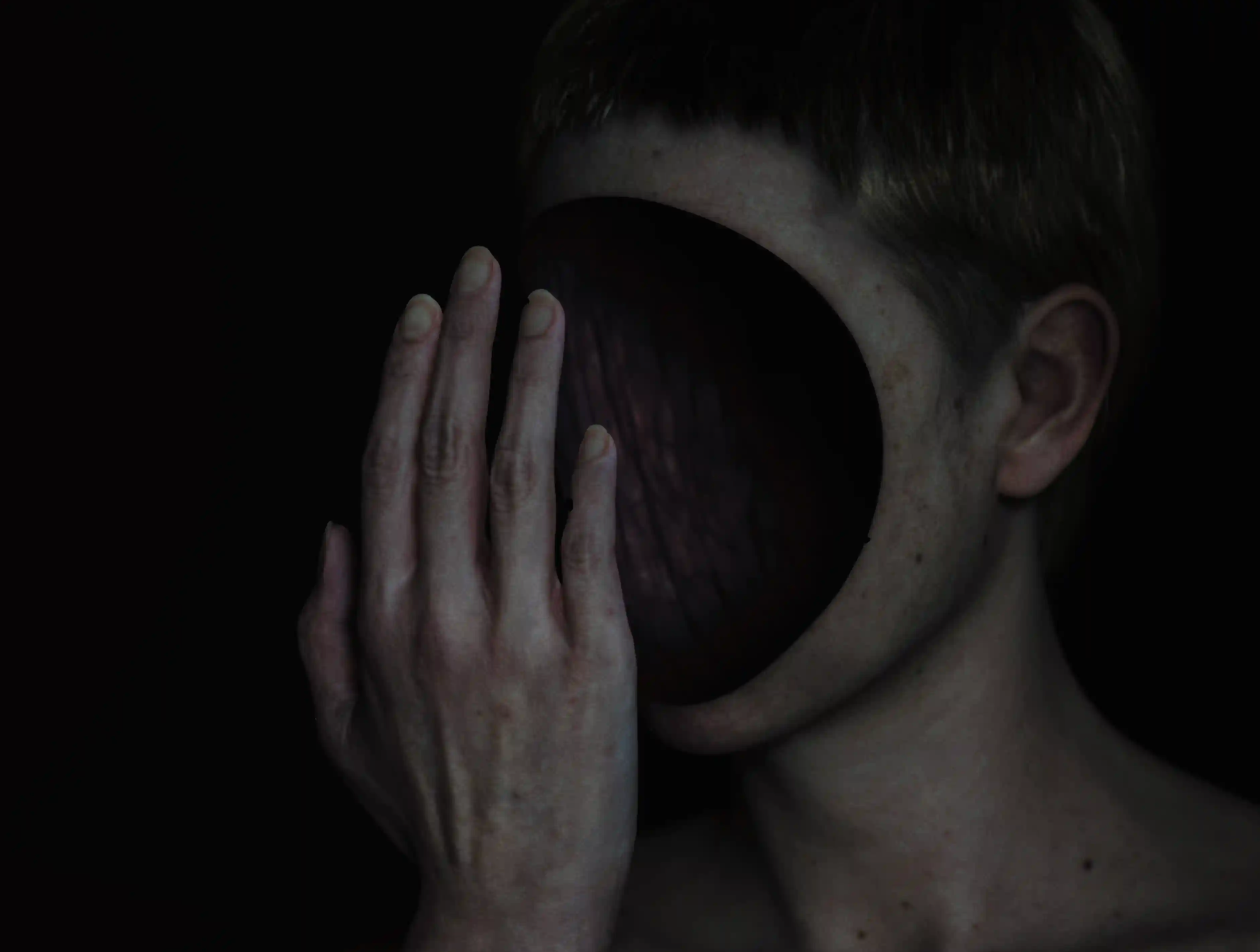
Through what Huyghe refers to as “Idioms,” human-machine hybrids wander the gallery space, dawning masks containing LED screens and sensors that monitor space and the visitors they encounter. Progressively, the Idioms AI translates the information they are receiving via the mask sensors, “door,” “wall,” or “human,” into a new language. Eventually, they will develop their own vernacular wherein they can only communicate with one another.

While AI can serve as a creative tool, as evident in Attard’s exhibition in the Pavilion of Malta, it can also be an arena through or within which the lived human experience can be unpacked, as seen with Huyghe’s Liminal exhibition. How will the employment, usage, or activations of AI manifest in the 2026 Venice Biennale? Will it still exist on the periphery? Or will its integration be unrecognizable?




